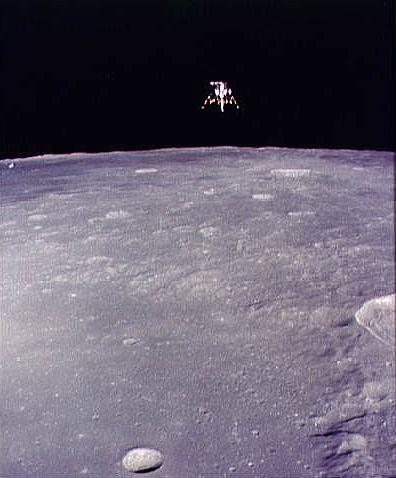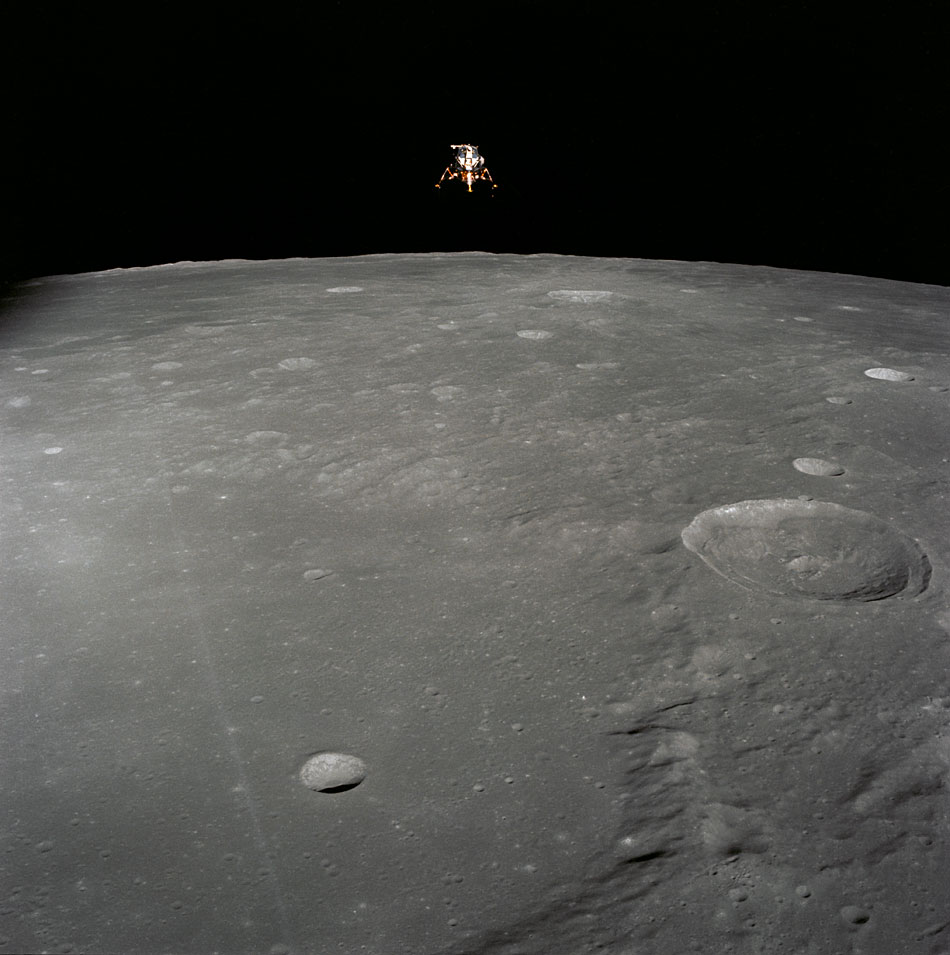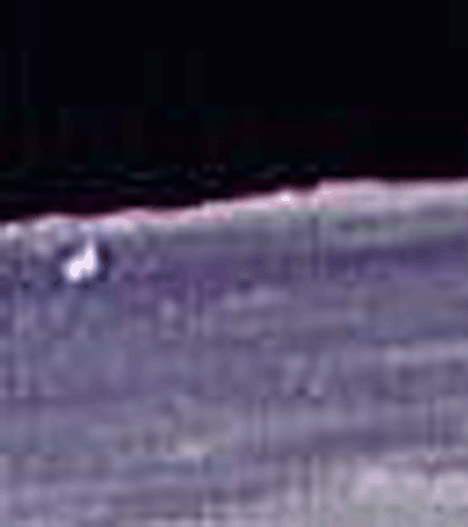It looks like you're using an Ad Blocker.
Please white-list or disable AboveTopSecret.com in your ad-blocking tool.
Thank you.
Some features of ATS will be disabled while you continue to use an ad-blocker.
share:
a reply to: MerkabaMeditation
Just a quick question for you...
Do you think that with the amount of telescopes that are in the world today, nobody would have seen this and dropped that bombshell on the world?
You see the fact that hasn't happened just shows that there isn't a castle on the moon, nor is there any type of building or crashed alien artifacts there...but keep up these threads as they are very entertaining to read.
Any high-res images from that location?
Just a quick question for you...
Do you think that with the amount of telescopes that are in the world today, nobody would have seen this and dropped that bombshell on the world?
You see the fact that hasn't happened just shows that there isn't a castle on the moon, nor is there any type of building or crashed alien artifacts there...but keep up these threads as they are very entertaining to read.
a reply to: tsurfer2000h
I don't think any telescope other than Hubble is able to see such relatively small objects on the moon.
BTW, did you know that Hubble allegedly discovered a pyramid on the moon?
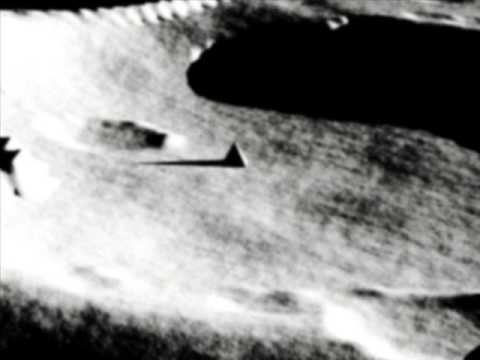 source(wn.com...
source(wn.com...
-MM
I don't think any telescope other than Hubble is able to see such relatively small objects on the moon.
BTW, did you know that Hubble allegedly discovered a pyramid on the moon?

-MM
edit on 27-12-2014 by MerkabaMeditation because: (no reason given)
edit on 27-12-2014 by MerkabaMeditation because: (no
reason given)
a reply to: Ove38
Not true at all...
www.moonlandinghoax.org...
Sorry, if the Earth has approximately the same size in a 1964, 1968, 1969 and 2007 picture. Why should I believe in Neil Armstrong's picture that shows a fake small Earth ?
Not true at all...
The lens used most often on the moon was a wide standard lens without magnification unlike a zoom or telephoto. From the Earth the moon appears just 0.5 degrees wide. From the Moon, the Earth appears 2 degrees wide. Photos taken with a standard lens are around 80 degrees across. Hence the width of the Earth will be just 1/40th of the picture's width across. Would it look huge? Nope!
www.moonlandinghoax.org...
a reply to: MerkabaMeditation
Sorry but no it didn't.
The Hubble telescope can take pictures of the moon, but it cannot take such close up and detailed pics.
In fact you can see the pics from the Hubble telescope here of the moon...
hubblesite.org...
And a youtube video isn't proof that Hubble found a pyramid, also know that the US isn't the only country that has sent orbiters to the moon and yet they haven't come back and said they found this amazing pyramid or some alien castle on the moon...could it be because there isn't any there?
And the World News Network definitely isn't the place your going to find the truth as it is a tabloid news service not much better than the National Enquirer.
In fact it isn't much better than BIN.
BTW, did you know that Hubble allegedly discovered a pyramid on the moon?
Sorry but no it didn't.
The Hubble telescope can take pictures of the moon, but it cannot take such close up and detailed pics.
In fact you can see the pics from the Hubble telescope here of the moon...
hubblesite.org...
And a youtube video isn't proof that Hubble found a pyramid, also know that the US isn't the only country that has sent orbiters to the moon and yet they haven't come back and said they found this amazing pyramid or some alien castle on the moon...could it be because there isn't any there?
And the World News Network definitely isn't the place your going to find the truth as it is a tabloid news service not much better than the National Enquirer.
In fact it isn't much better than BIN.
edit on 27-12-2014 by tsurfer2000h because: (no reason given)
originally posted by: ignorant_ape
a reply to: MerkabaMeditation
so its not relevant ?
care to address the absence of anomolies in sequence :
AS12-51-7504 ~ AS12-51-7511
one generation of AS12-51-7507 copies has an anomoly - and its been explained how this can occurr
You obviously know nothing of photography. Or the effects of radiation or power surge on equipment
I tend to see this here on ATS a lot: Hubble is able to see this or that on the moon (or Mars or something).
Let's jump into the math of it, and really "see" what Hubble can see.
To find out the size that a telescope can "see", we basically need to know what it's angular resolution is. To find that, you need to know what the size of the telescope's primary mirror is.
For Hubble, it's primary mirror is 2.4 meters wide.
We normally use Dawes' Limit to find out the resolving power of a telescope.
The forumula is: R=11.6/D
Were R is in arc seconds and D is the diameter of the telescope mirror (in centimeters).
So we end up for Hubble: R = 0.048 arc seconds.
So how big is that? That is also simple to figure out.
There are 60 arc seconds in a arc minute, and 60 arc minutes in a degree.
The full moon covers about 1/2 a degree in the sky, or 30 arc minutes, or 900 arc seconds.
The moon's diameter is 3,474 km wide. That means that 1 arc second as viewed from here at Earth (Hubble is in LEO so we can still use that distance), is equal to about 3.86 km.
And THAT means that 0.048 arc seconds comes to about 0.1852 km, or 185 meters
That is how small something on the moon can be in order for Hubble to resolve it and see it. Anything smaller, you simply can't see it using Hubble.
And the further away the object, the larger than number is going to get (how big something needs to be to be seen).
Let's jump into the math of it, and really "see" what Hubble can see.
To find out the size that a telescope can "see", we basically need to know what it's angular resolution is. To find that, you need to know what the size of the telescope's primary mirror is.
For Hubble, it's primary mirror is 2.4 meters wide.
We normally use Dawes' Limit to find out the resolving power of a telescope.
The forumula is: R=11.6/D
Were R is in arc seconds and D is the diameter of the telescope mirror (in centimeters).
So we end up for Hubble: R = 0.048 arc seconds.
So how big is that? That is also simple to figure out.
There are 60 arc seconds in a arc minute, and 60 arc minutes in a degree.
The full moon covers about 1/2 a degree in the sky, or 30 arc minutes, or 900 arc seconds.
The moon's diameter is 3,474 km wide. That means that 1 arc second as viewed from here at Earth (Hubble is in LEO so we can still use that distance), is equal to about 3.86 km.
And THAT means that 0.048 arc seconds comes to about 0.1852 km, or 185 meters
That is how small something on the moon can be in order for Hubble to resolve it and see it. Anything smaller, you simply can't see it using Hubble.
And the further away the object, the larger than number is going to get (how big something needs to be to be seen).
originally posted by: MerkabaMeditation
There is a building present in the top left corner of this photo from NASA. The photo is numbered AS12-51-7507 and can be downloaded from a public nasa.gov server here and ano ther copy here:
AS12-51-7507 with building in left top corner Sou rce
Magnification of building
Now here is where it gets strange; all other images of AS12-51-7507 than the above I've seen online the building is not present - can it have been deliverately edited out? See here for a higher resolution picture.
AS12-51-7507 without building Source
Animation showing differences
Both source photos are available on public nasa.gov server her e and here.
-MM
not sure where this photo came from ....
but it's blatantly obvious that there's a HUGE problem with this shot..
1). who is the astronaut that took this shot if they haven't landed yet?
2). shouldn't this just be a massive dust cloud, hence the footprint in the dust?
a reply to: Komodo
Astronaut Michael Collins took this picture through the porthole window of the Lunar Orbiter after the Lunar Lander (that you see in the picture) had seperated from the Lunar Orbiter. The Lunar Lander had a crew of two, and the Lunar Orbiter was left with a crew of one.
-MM
Astronaut Michael Collins took this picture through the porthole window of the Lunar Orbiter after the Lunar Lander (that you see in the picture) had seperated from the Lunar Orbiter. The Lunar Lander had a crew of two, and the Lunar Orbiter was left with a crew of one.
-MM
edit on 28-12-2014 by MerkabaMeditation because: (no reason given)
a reply to: eriktheawful
Oh, really. That is not really high enough resolution to even compete with the Lunar Orbiter pictures that are nearly 60 years old now.
BTW, yesterday I stumbled across this 350 page remake of the Apollo 11 Flight Plan:
Apollo 11 Flight Plan PDF
, gold for data grinders like yourself.
-MM
Oh, really. That is not really high enough resolution to even compete with the Lunar Orbiter pictures that are nearly 60 years old now.
BTW, yesterday I stumbled across this 350 page remake of the Apollo 11 Flight Plan:
Apollo 11 Flight Plan PDF
, gold for data grinders like yourself.
-MM
edit on 28-12-2014 by MerkabaMeditation because: (no reason given)
edit on 28-12-2014 by MerkabaMeditation because: (no reason
given)
a reply to: MerkabaMeditation
Of course it isn't.
There's a very big difference in using a telescope from Earth, and having a camera in orbit about the body you want to take a picture of:
Hubble image of the asteroid Vesta:
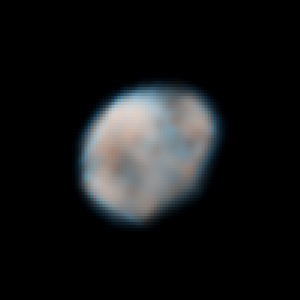
Dawn space craft when it was in orbit about Vesta:
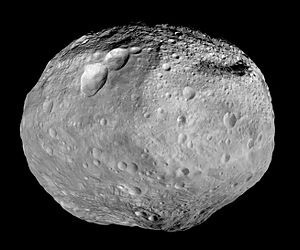
If you want high resolution images of the moons surface, you use images of the LROC. If you want high resolution images of the surface of Mars, you don't use Hubble, you use HiRISE (or in certain places, the rovers).
Of course it isn't.
There's a very big difference in using a telescope from Earth, and having a camera in orbit about the body you want to take a picture of:
Hubble image of the asteroid Vesta:

Dawn space craft when it was in orbit about Vesta:

If you want high resolution images of the moons surface, you use images of the LROC. If you want high resolution images of the surface of Mars, you don't use Hubble, you use HiRISE (or in certain places, the rovers).
new topics
-
Electrical tricks for saving money
Education and Media: 39 minutes ago -
VP's Secret Service agent brawls with other agents at Andrews
Mainstream News: 1 hours ago -
Sunak spinning the sickness figures
Other Current Events: 2 hours ago -
Nearly 70% Of Americans Want Talks To End War In Ukraine
Political Issues: 2 hours ago -
Late Night with the Devil - a really good unusual modern horror film.
Movies: 4 hours ago -
Cats Used as Live Bait to Train Ferocious Pitbulls in Illegal NYC Dogfighting
Social Issues and Civil Unrest: 6 hours ago -
The Good News According to Jesus - Episode 1
Religion, Faith, And Theology: 7 hours ago -
HORRIBLE !! Russian Soldier Drinking Own Urine To Survive In Battle
World War Three: 10 hours ago
top topics
-
SETI chief says US has no evidence for alien technology. 'And we never have'
Aliens and UFOs: 16 hours ago, 8 flags -
Cats Used as Live Bait to Train Ferocious Pitbulls in Illegal NYC Dogfighting
Social Issues and Civil Unrest: 6 hours ago, 8 flags -
Florida man's trip overseas ends in shock over $143,000 T-Mobile phone bill
Social Issues and Civil Unrest: 12 hours ago, 8 flags -
VP's Secret Service agent brawls with other agents at Andrews
Mainstream News: 1 hours ago, 6 flags -
Former Labour minister Frank Field dies aged 81
People: 15 hours ago, 4 flags -
Bobiverse
Fantasy & Science Fiction: 12 hours ago, 3 flags -
HORRIBLE !! Russian Soldier Drinking Own Urine To Survive In Battle
World War Three: 10 hours ago, 3 flags -
Nearly 70% Of Americans Want Talks To End War In Ukraine
Political Issues: 2 hours ago, 3 flags -
Sunak spinning the sickness figures
Other Current Events: 2 hours ago, 3 flags -
Late Night with the Devil - a really good unusual modern horror film.
Movies: 4 hours ago, 2 flags
active topics
-
Cats Used as Live Bait to Train Ferocious Pitbulls in Illegal NYC Dogfighting
Social Issues and Civil Unrest • 12 • : Hakaiju -
HORRIBLE !! Russian Soldier Drinking Own Urine To Survive In Battle
World War Three • 28 • : budzprime69 -
Huge ancient city found in the Amazon.
Ancient & Lost Civilizations • 61 • : Therealbeverage -
The Reality of the Laser
Military Projects • 43 • : 5thHead -
VP's Secret Service agent brawls with other agents at Andrews
Mainstream News • 16 • : matafuchs -
Should Biden Replace Harris With AOC On the 2024 Democrat Ticket?
2024 Elections • 49 • : Therealbeverage -
WF Killer Patents & Secret Science Vol. 1 | Free Energy & Anti-Gravity Cover-Ups
General Conspiracies • 32 • : Arbitrageur -
Is there a hole at the North Pole?
ATS Skunk Works • 38 • : Therealbeverage -
SETI chief says US has no evidence for alien technology. 'And we never have'
Aliens and UFOs • 41 • : TheMisguidedAngel -
Naked Eye Supernova Erupting in the T Coronae Borealis
Space Exploration • 13 • : Therealbeverage

